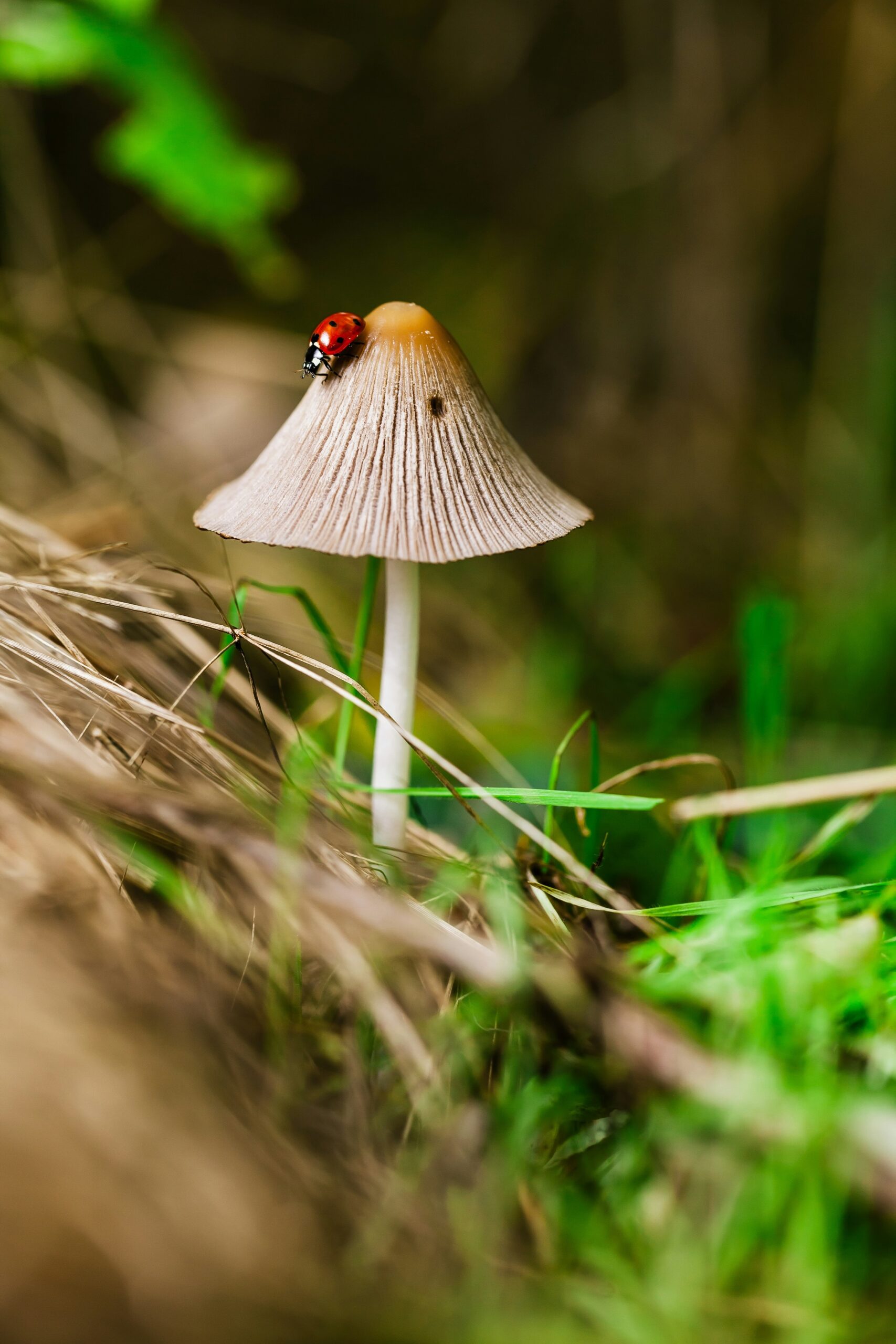12 Tips for Radiant Skin

Skin issues like acne, exzema, psoriasis, keratosis polaris, and rosacea are common. In fact, 40% of adults have keratosis polaris characterized by rough, dry skin.
How can conventional medicine discount diet in the treatment of skin conditions yet use synthetic retinoids (Vitamin A) for acne and psoriasis? Retinol promotes cellular regeneration and inhibits sebaceous glands. It helps with epidermal differentiation and suppresses androgen formation. Dry, rough skin, wrinkles, sun damage, rashes, and fungal infections are likely when retinol is deficient. So let’s start there. Here’s how to improve retinol levels and take your skin health back:
1. Vitamin A, in the active form of retinol, is found in organ meats like kidney and liver. Grass-fed dairy, pastured egg yolks and cod liver oil at 1 tsp per day offer enough as well.
2. Eat more Omega 3’s from cold water fatty fish. Reduce omega 6’s found in industrial meats and seed oils. Whole food omega 6’s don’t increase inflammation or worsen skin conditions. Avocado, nuts, poultry, and pork are fine despite their omega 6 content.
3. Zinc is essential for protein and DNA synthesis, wound healing and cell division. It is protective against UV and is anti-inflammatory. Zinc works with Vitamin A to increase the blood levels of retinol. Studies show that dietary zinc may reduce acne as effectively as tetracycline, a popular antibiotic. Those with bad acne have low levels of serum zinc.
4. Vitamin C helps produce and regulates collagen which maintains the skin’s cellular stability protecting against early wrinkles and loss of structure. Scurvy is a severe deficiency and has early signs that include: red, dry, and rough skin. Vitamin C is an anti oxidant, prevents UV damage, reduces water loss, supports healing, and improves repair of scars. Citrus fruit, leafy greens, and broccoli are sources. Again steaming or raw is best as this vitamin is another one that is heat sensitive.
5. Biotin just sounds like it’s good for your skin. As a co-factor to the enzymes that regulate fatty acids it protects against water loss and damage. Biotin helps with hair loss, dermatitis, and dandruff. Egg yolks have biotin as does liver, chard, romaine, almonds, and walnuts. Good gut bacteria produce biotin so treating the gut is of course important. Too much biotin can change some lab results, so keep that in mind and let whoever you are getting labs from know what you are taking.
6. Compromised gut and soil health contribute to selenium deficiency. This nutrient protects against skin cancer and reduces acne. Food is safer than supplements as high doses can be toxic. Seafood, organ, and muscle meats are good sources. Two brazil nuts per day is adequate. Aim for less than 200mcg/day and take breaks if supplementing short term.
7. Silica deficiency leads to poorly formed collagen. It builds skin tissue and works with hyaluronic acid to promote cell growth. It increases skin hydration and elasticity. Leeks, green beans, garbanzos, mango, celery, asparagus. and rhubarb are rich in silica.
8. B3 (aka niacin) deficiency can cause dermatitis with a dark, scaly rash. Malabsorption is common in celiac disease, SIBO (small intestine bacterial overgrowth) and IBD (irritable bowel disease) including Crohn’s and ulcerative colitis. Inadequate intake is also common. Sources of B3 include meat, poultry, tuna, salmon, seeds, milk, green leafy vegetables, coffee, and tea. Tryptophan can be converted to B3 in the liver.
9. Sulfur is another nutrient necessary for collagen synthesis. Inadequate intake has been shown to increase wrinkles. It is required for glutathione synthesis to prevent oxidative damage which is the primary cause of aging. Because sulfur regulates prostaglandins it reduces inflammation. Found in egg yolks, meat, poultry, fish, garlic, onion, brussel sprouts, asparagus, and broccoli. Fermentation make sulfur more bioavilable , particularly fermented cruciferous vegetables like cabbage or kale. Eat your sauerkraut!
10. Vitamin E is secreted on the skin’s surface protecting against free radicals inflammation. A synergistic affect with selenium increases glutathione and prevents UV damage. Vitamin E is involved with immune function, gene expression while suppressing arachidonic acid. Sources include leafy greens, sunflower seeds, almonds, bell peppers, asparagus, and broccoli. Olive and avocado oil contain vitamin E and are great to cook with. Do not supplement this vitamin as there is an increased risk of cardiovascular disease.
11. Pantothenic acid, or B5, supports wound healing. Topically B5 regenerates skin cells, increases glutathione levels, and protects against oxidative damage. The richest sources are organ meats, egg yolks, and broccoli. It is found in fish, shellfish, dairy products, chicken, mushrooms, avocado, and sweet potatoes. Be aware that high heat processing reduces pantothenic acid levels by up to 75%. Eat a mix of raw and lightly steamed foods.
12. Vitamin K2 prevents calcification of elastin in skin preventing lines and wrinkles. People who can’t metabolize vitamin K can develop premature wrinkling. Vitamin A needs K2. Food sources of vitamin K2 are limited. High-fat grass-fed dairy, especially cheese and ghee, egg yolks, liver, natto (fermented soybean), and sauerkraut are sources. Grain-fed products do not contain K2. Vitamin K1 from grass is converted into K2 in the cow. Conventionally raised cows eat grain so their milk won’t contain K2. Check your supplement for 3rd party testing.
BONUS: The gut-skin axis has been studied since 1930. Probiotics impact skin conditions like rosacea, atopic dermatitis, and psoriasis. One study showed that at least 80 percent of patients with rosacea have SIBO. Leaky gut causes inflammation that leads to skin diseases like acne. Stress can cause the epidermal barrier to become porous. Increased infection and decreased antimicrobial, fatty acids, and lipid layers can be called leaky skin. Neuropeptide substance P is produced by the gut and also found in the skin and the brain. Probiotics decrease lipopolysaccharide, an endotoxin common in leaky gut that can cause skin reactions.
The best source is home-made kefir. Other sources are fermented foods like sauerkraut, kimchi, yogurt, and kombucha. In addition fermentable fibers have a prebiotic effect. These non-digestible carbohydrates feed the beneficial bacteria. Onions, leeks, garlic, Jerusalem artichokes, starchy vegetable, and then some supplements. I carry a soil-based probiotic that has prebiotics, is shelf-stable, and shows excellent clinical results.
Related Posts
 Psychedelics for Women’s Health
Psychedelics for Women’s Health
 Protein & Hormones for Healthy Weight
Protein & Hormones for Healthy Weight




